The Critical First Five Years of Life
By: Stacey Schmidt, PhD | Superintendent, Porter Township School Corporation
When our twin boys came home, I had my opportunity to witness first-hand the explosion of development that was about to unleash over the next five years. Neural connections were forming; language was developing, and their sense of self and safety was forming, all while we were playing, reading, singing, and babbling what would be a litany of first sounds, grunts, and words.
As first-time parents, we worked hard to provide a language rich environment for our boys. We read to them, sang, and talked about what we saw, heard, and did. As an educator, I had questions about what my boys should be doing developmentally and how to meet their needs. Knowing that these early learning years were critical for development, I didn’t want my boys to miss out on something they should be experiencing. To help our boys maximize their growth, we enrolled our children in a high-quality, early learning program. The other reason we made this decision also fits many parents; as working parents, we needed childcare.
The formation happening in those very flexible brains was critical, and why children must have access to high-quality, early learning programs. These programs are also vital to our communities as they provide opportunities for parents to continue in the workforce or to achieve their goals through further education.
Sure, I’m a school superintendent, so I’m supposed to think that, right? While that is true, this concept is core in thought for policy leaders, business leaders, and community leaders, as research demonstrates the benefits of providing high-quality early learning to support future economic and social benefits far beyond the child’s time in school.
When we work to provide rich experiences for our youngest children, experiences rich in play and language development, we develop children who have academic, social-emotional, behavioral, and executive functioning strengths that impact more than scores on a standardized test. Post-graduation research has shown that these youngest learners have higher salaries, higher graduation rates, and greater levels of community success.
Through play. Through trained educators singing, reading, speaking, modeling, and creating environments for exploration and discovery. These guided learning environments provide our youngest learners and their flexible brains with neural connections exploding the tools they need to be prepared as they walk into school, graduate, and move on to life, all through play.
We have chosen to invest in early childhood education in Porter Township School Corporation, focusing on three-and-four-year-olds. As our students learn, grow, and develop with us, we are working on preparing them for the rest of their lives. We must continue developing our programming in Porter Township to reach our littlest learners from birth to 3. Beyond Porter Township, we need this investment to grow in Porter County, Indiana, and our Country. Investing resources from the state and federal levels is vital for the continued development of high-quality programs that can reach all early learners. Currently, in Porter County, waiting lists for admission into early learning programs are often lengthy as there are not adequate numbers of high-quality programs to meet the need of the community. We have more little learners than we have available openings in programs. We must remove the access barrier for all families in Indiana so that all children have the opportunity to be prepared as they enter formal schooling and life beyond schooling.
What can you do to build capacity for early learning in Porter County and Indiana? Start by getting involved in a local center and volunteering. Perhaps you can work through First Things First to learn about advocacy opportunities and the Year of the Baby. For everyone, you must talk to those creating policy and legislation at the local, state, and national levels. When we all work toward building access for all families to high-quality early learning programs, our children thrive, and so do our homes, communities, state, and nation.

